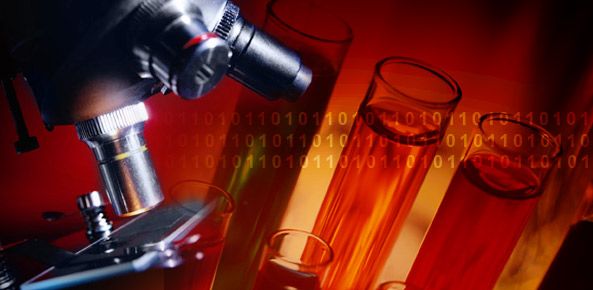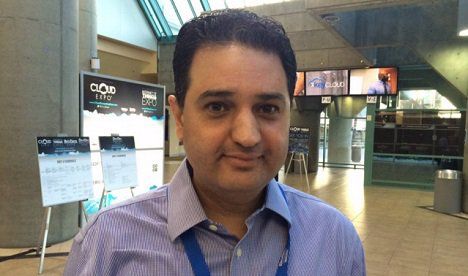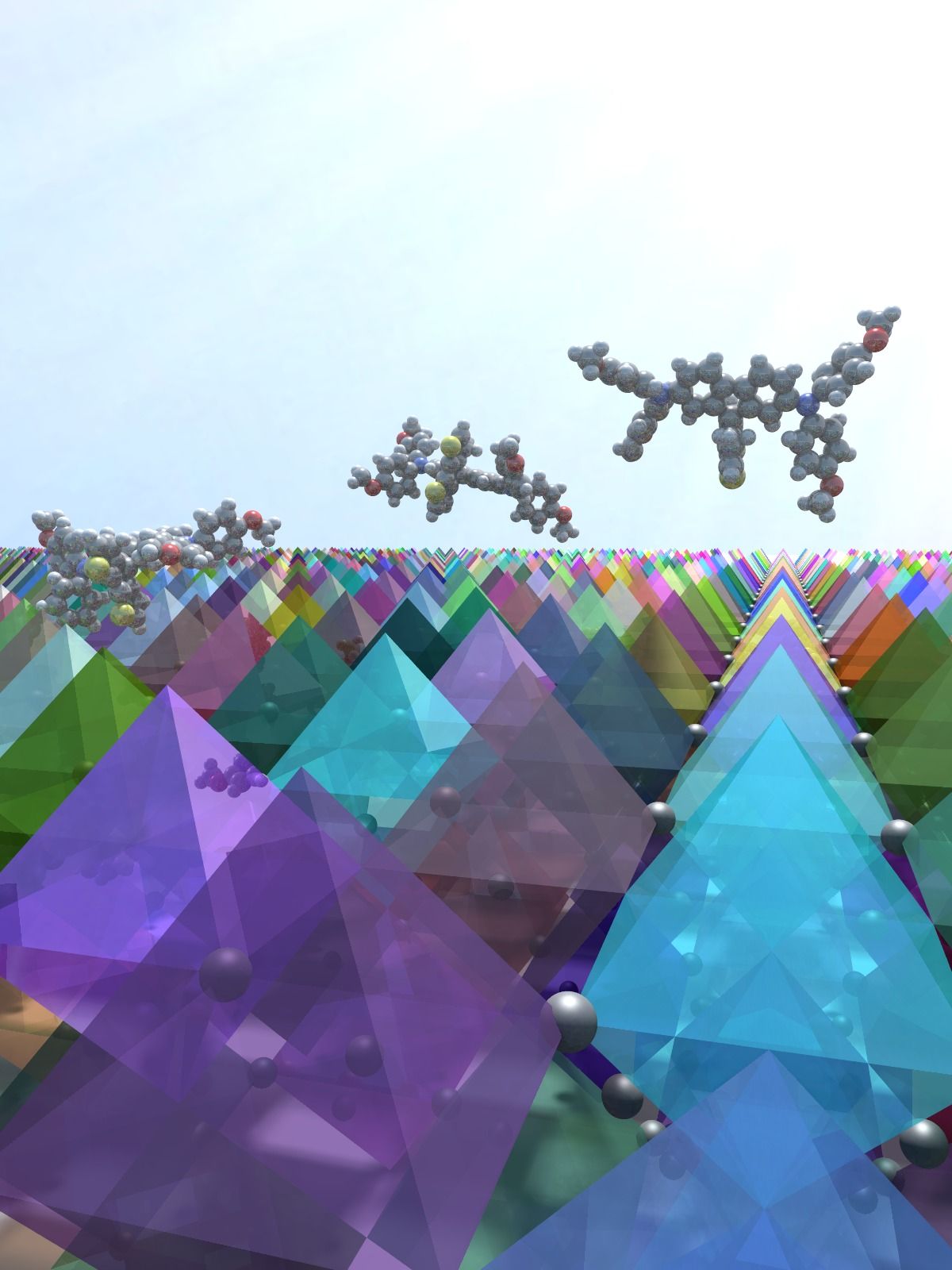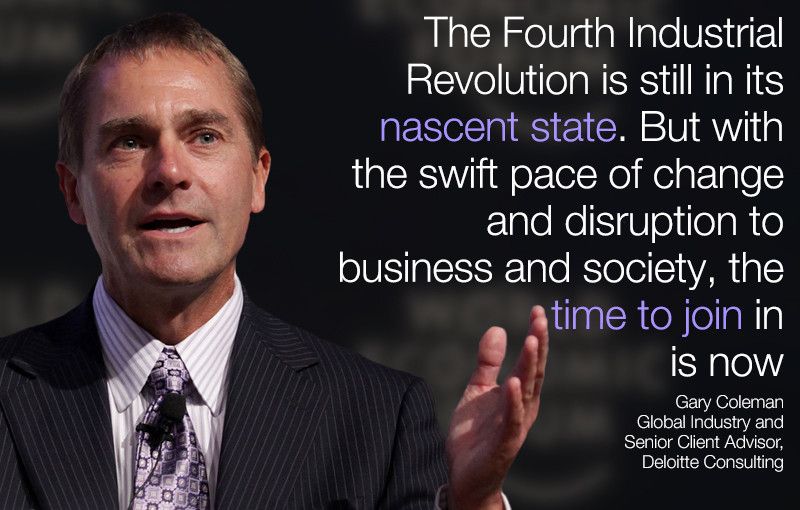We love meat. We love cheese. And for thousands of years we have relied on animals to make them. Impossible Foods has found a better way. We use plants to make the best meats and cheeses you’ll ever eat.
A reversal of thermodynamics could allow life to exist on planets orbiting a black hole, as seen in the film Interstellar.
Your own “Do it yourself” gene editing kit for only $120.
To “democratize” science, Josiah Zayner is packaging and selling his DIY gene-editing technique for $120 so that everyone can cut, paste and stir genes as simply as mixing a vodka tonic.
Very true point & question to raise.
It’s been more than 60 years since the US successfully tested the first hydrogen bomb. Since then only four other countries—Russia, France, China, and the UK—have been able to make one themselves. This week North Korea claimed it had, but you can disregard Kim Jong-un’s boast for now.
A few more countries—India, Pakistan, South Africa, Israel, as well as North Korea—have the know-how to build simpler forms of nuclear weapons: atomic bombs. Still, no other technology in the world has remained out of the hands of so many countries for such a long time. Why?
It may be that the Cold War between the US and Russia deterred states from picking a battle with one of the big guns—but that didn’t stop India and Pakistan. Maybe the non-proliferation lobby after the Cold War convinced states that they don’t need nuclear weapons (South Africa, indeed, gave up its arsenal in 1991)—but Iran and North Korea kept trying.
What’s eating Silicon Valley
Posted in habitats, transportation
I know many; who do take a break/ sabbatical from the valley to spend time with family or reconnect with friends on the east coast, Midwest, or other places that they refer to as home. However, once your sabbatical is in the 6 month period; you cannot wait to come back because the energy and excitement is truly hard to find anywhere else.
Like most people, I look up to and admire the heroes of Silicon Valley (the real ones, not the ones from the TV show). They’ve given rise to services (e.g., Google, Facebook, Uber, LinkedIn, Airbnb) that we use every day and make the world a better place. They’ve created value, wealth, and opportunity at unprecedented historic levels.
I’ve also had the chance to meet some of the leading CEOs and entrepreneurs of the Valley and they are, by and large, good-natured, brilliant, and thoughtful people. They’re earnest and committed to building positive things. Some of them are donors to my organization, for which I’m immensely grateful. It’s clear that Silicon Valley is today more than ever the center of innovation and technological progress.
That said, there are a few things about it that are starting to make me nervous.
With AI, why have attorneys or judges anymore. Frankly, AI is proving to be the most unbiased judges/ decision makers already. And, AI can develop contracts and patent agreements, etc. better than most humans. Plus, AI will outperform humans in discovery work on cases. So, we truly in just 3 years may not need judges and attorneys anymore.
Our list of Truly Useful Artificial Intelligence Tools You Can Use Today was out of date the minute we published it. We knew that would happen and are absolutely thrilled when we discover new capabilities that belong on this list. One we just learned about is EverLaw, provider of perhaps the world’s most advanced litigation platform, designed to be easy to use and programmed to leverage the most powerful technologies available, including cloud computing, mobile solutions and yes, artificial intelligence.
We found Everlaw and learned about their prediction engine and other key platform characteristics from an a16z blog post introducing a new investment. From a16z:
There is also a need for modern solutions to deeply technical problems — such as searching terabyte corpora for relevant documents (the state-of-the-art is mostly keyword search) or identifying clusters of relevant documents based on machine learning techniques (versus relying on humans to manually sift through and connect millions of documents). Historically, an industry vertical with such a legacy business model and architecture (i.e., very slow to change) would have a very hard time attracting top computer science talent to improve the space.
I am not surprised by this finding at all. This will change Healthcare drastically.
Until now, medicine has been a prestigious and often extremely lucrative career choice. But in the near future, will we need as many doctors as we have now? Are we going to see significant medical unemployment in the coming decade?
Dr. Saxon Smith, president of the Australian Medical Association NSW branch, said in a report late last year that the most common concerns he hears from doctors-in-training and medical students are “what is the future of medicine?” and “will I have a job?”. The answers, he said, continue to elude him.
As Australian, British and American universities continue to graduate increasing numbers of medical students, the obvious question is where will these new doctors work in the future?
EPFL scientists have developed a solar-panel material that can cut down on photovoltaic costs while achieving competitive power-conversion efficiency of 20.2%.
Good article. I need to highlight that Quantum will most definitely take all of these technologies to a new level of performance and sophistication that we have never seen before. AI (including robotics) will be able to be the independent thinkers and humanoids that we all read about in SciFi or the AI Warning articles and blogs that we read about today. VR will be to interact and predict movements that are at least 20+ steps ahead of the average person; etc. This is why Quantum is the true game changer among all of these.
2 technologies missing that should also be included to this list is nanbots and CRISPR. Just like wearable’s and AI; CRISPR and nanobots are not new; however, they will change our healthcare industry.
It won’t happen overnight but it will happen.
Very interesting; the article highlights that there was no mention of job losses in 2020 within the IT field instead the writer highlights a shortage of IT resources to fill the jobs. And, thoroughly appreciate that the writer highlighted that Quantum, Nanobots, etc. are making the 4th Industrial Revolution happen; I couldn’t agree more.
To be sure, the Fourth Industrial Revolution is still in its nascent state. But with the pace of change and disruption to business and society so swift these days, the time to join in is now.
Author: Gary Coleman is the Global Industry and Senior Client Advisor for Deloitte Consulting and lead partner in Deloitte’s strategic relationship with the World Economic Forum. Follow him on Twitter@gcoleman_gary. He is participating in the World Economic Forum’s Annual Meeting in Davos.








